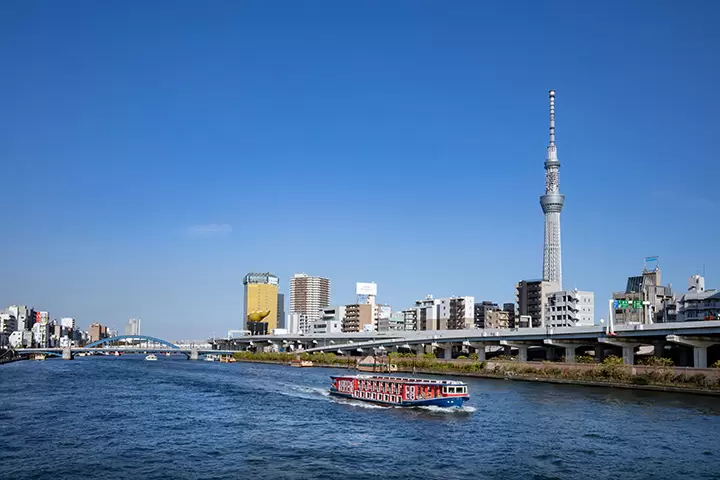Local culture trading company Unagi no Neko opens new base in Ozu, Ehime

A new store in Ehime Prefecture, ``Unagi no Nedoko Ehime Ozu Store,'' began operations on July 29th (Saturday). We will introduce you to the actual store and what products we sell.
-
Table of Contents
- New base in Ozu, Ehime A place to convey the manufacturing of Shikoku Setouchi
- Conveying the manufacturing of Shikoku Setouchi
- Introducing some of the manufacturing in Shikoku Setouchi by theme
New base in Ozu, Ehime A place to convey the manufacturing of Shikoku Setouchi
A new store in Ehime Prefecture, ``Unagi no Nedoko Ehime Ozu Store,'' began operations on July 29th (Saturday). We will introduce you to the actual store and what products we sell.
Conveying the manufacturing of Shikoku Setouchi
The Ehime Ozu store creates a place to convey manufacturing centered on Shikoku and Setouchi. Through manufacturing, we hope to become a place where people can learn about each region's characteristics, history, climate, and culture, and have an opportunity to think about it.
At the same time, by covering manufacturing in Kyushu and other regions where Unagi no Nedoko has been active up until now, you can deepen your understanding of each manufacturing process by comparing the manufacturing methods of each region and comparing different and similar parts. I think it's good to understand. (Eel bed homepage)
Introducing some of the manufacturing in Shikoku Setouchi by theme
[Textiles] Towels and fabrics

Even cotton fabrics can be made into towels, shijira-ori, canvas, and denim if the threads and weave structure are changed. Utilizing the characteristics of cotton, it can be made into towels, stoles, Samue, bags, jeans, etc.
The textiles nurtured by the rich water and climate continue to be produced in each region, with their own characteristics. We hope you will experience the wide range of textiles, mainly those from this region, such as their moisture absorption, durability, coolness, and softness.
[Wood] Evolving wood work in Yamaguni, Shikoku

Approximately 75% of Shikoku's total area is forest. Cypress, cedar, camphor tree, cherry tree, etc. are used to make everyday tools and buildings by taking advantage of their characteristics.
We also sell kitchen utensils such as boards, microwaveable ohitsu, towels made from wood fibers, and deodorant mist. Working with wood is all around us, and it takes many years to grow it and use it without wasting it. Everyone is exploring the cycle and the future of wood work.
[Stone] Material x People x Technology

Ehime is home to a production area for whetstones, and pottery began to be made using the whetstones. It is said that the technique was passed down by craftsmen from Hizen (Saga Prefecture).
However, in Kagawa, unique stones that are used to make the highest quality tombstones are mined. Since ancient times, local resources, people, and technology have been linked, and over time, the uniqueness of each area has been nurtured.
I believe that the interaction (trade) of materials, people, and technology can be the source of creating something new in any work.
[Japanese paper] Possibilities of Shikoku (paper country)

Another characteristic of Shikoku is that there are many jobs related to paper work. There are also traditional Ozu washi, Tosa washi, and Awa washi, and there are many paper factories that produce paper using machines in large factories.
Some are used as paper, such as calligraphy, fusuma, copy paper, toilet paper, and oil-absorbing paper, while others include paper strings that have been treated to be water-resistant to make washable sandals for indoor use, and rugs. The world of paper is also profound.
Of course, there are still many things that cannot be categorized under these themes. Little by little, we will create a place where you can experience local culture through things from Shikoku and Setouchi.
By setting up a base in Ozu City, Ehime Prefecture, which is not Kyushu, ``Unagi no Nedoko'' will learn what we can learn and what kind of connections we will discover. I'm looking forward to working in a new land where there are still many things I don't know.
Unagi no Nedoko Instagram
Ozu City is located in the western part of Shikoku, in the region known as Nanyo, and is an area centered around the Ozu Basin, facing the Seto Inland Sea to the north and the Shikoku Mountains to the south. The clear Hijikawa River flows through the center of the city, and as its name suggests, the river curves like an elbow as it runs through the town, bringing many blessings to the city, including nature, history, culture, and local specialties. Remnants of the city's prosperity as a castle town around Ozu Castle during the Edo period still live on the banks of the Hijikawa River.
The contents on this page may partially contain automatic translation.






























![[Just a short distance from Nagoya] Popular Taiwanese YouTuber Alan tours Aichi, Tokoname!](https://resources.matcha-jp.com/resize/720x2000/2026/01/08-255181.webp)
